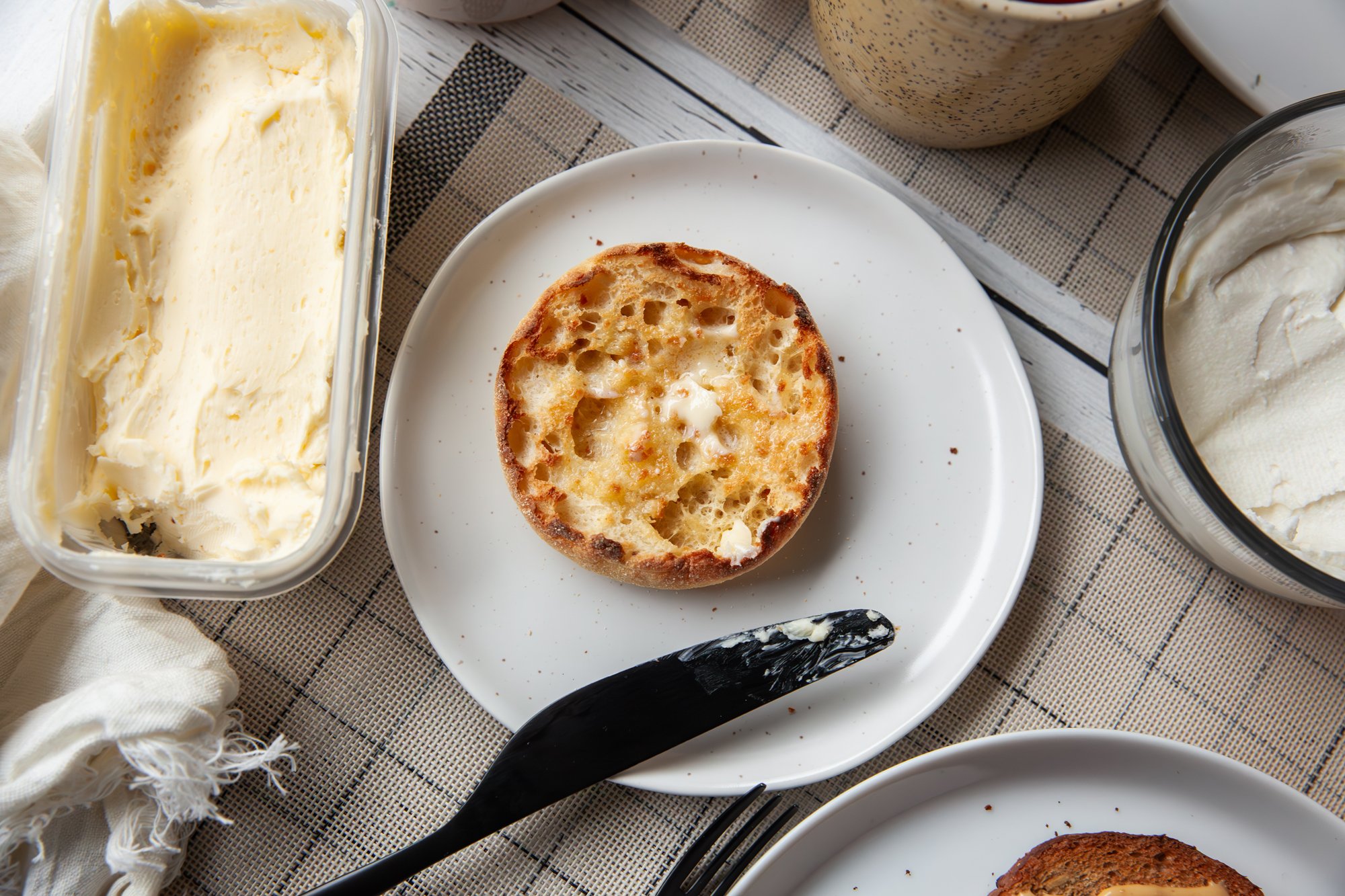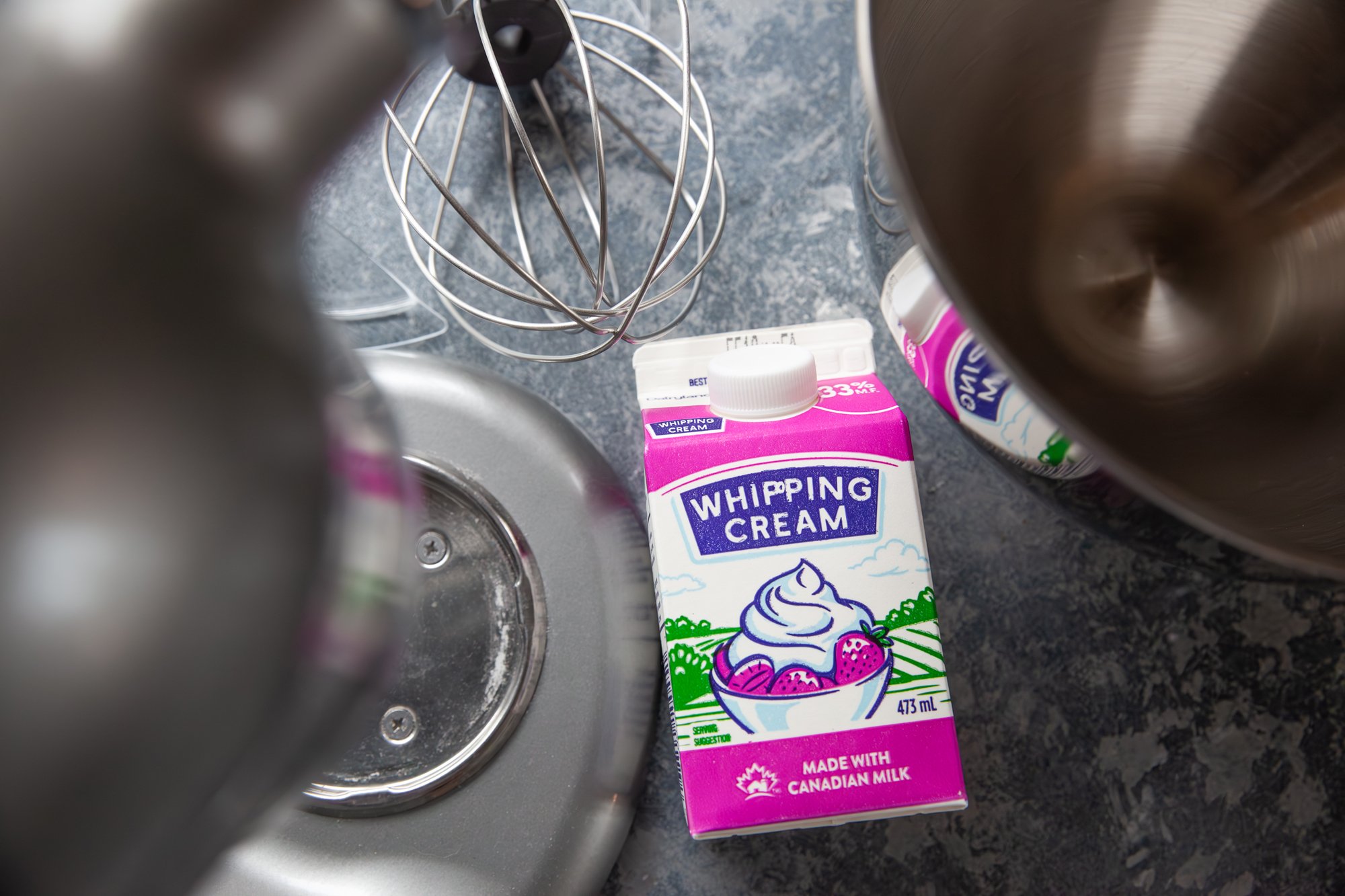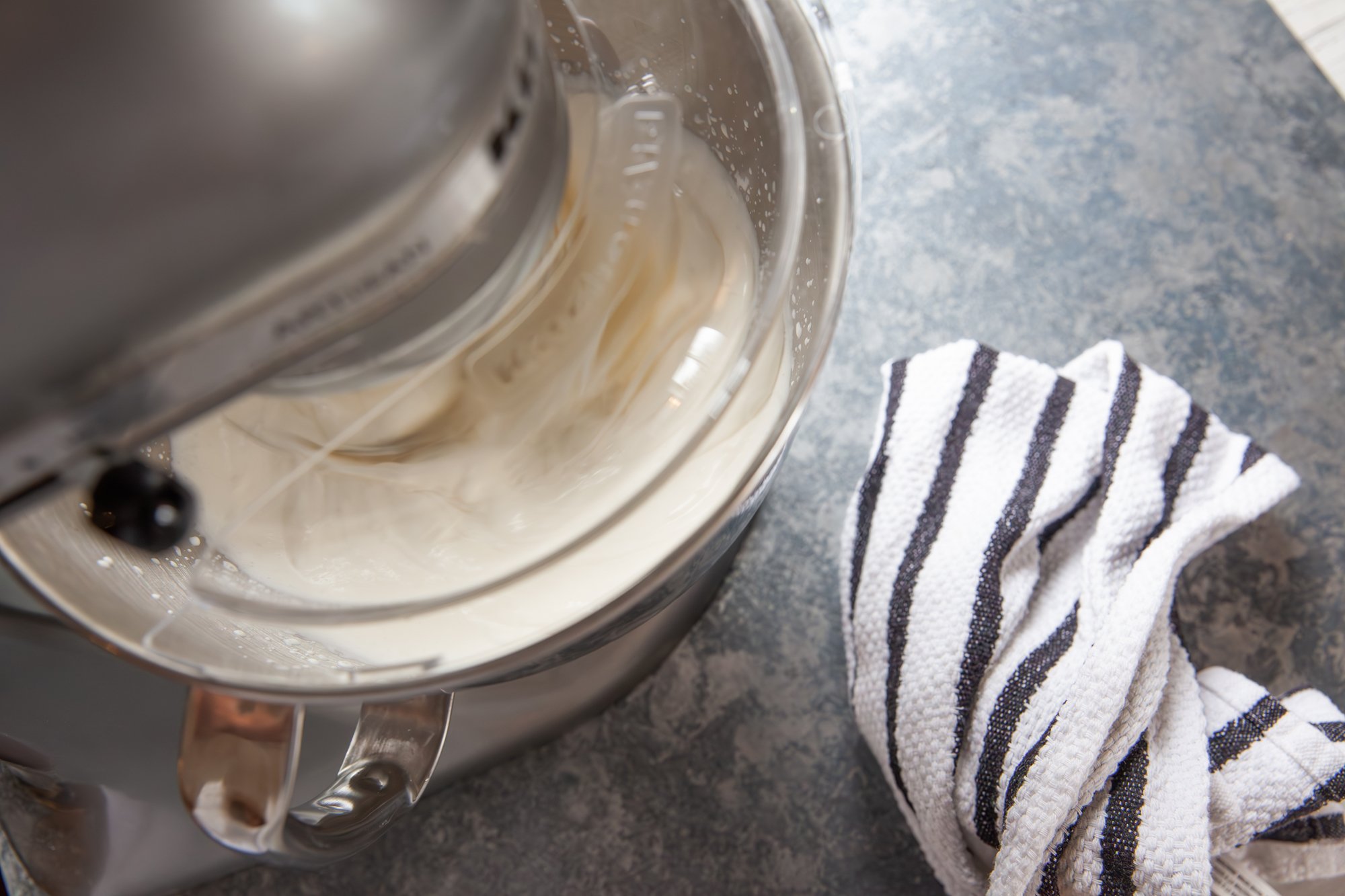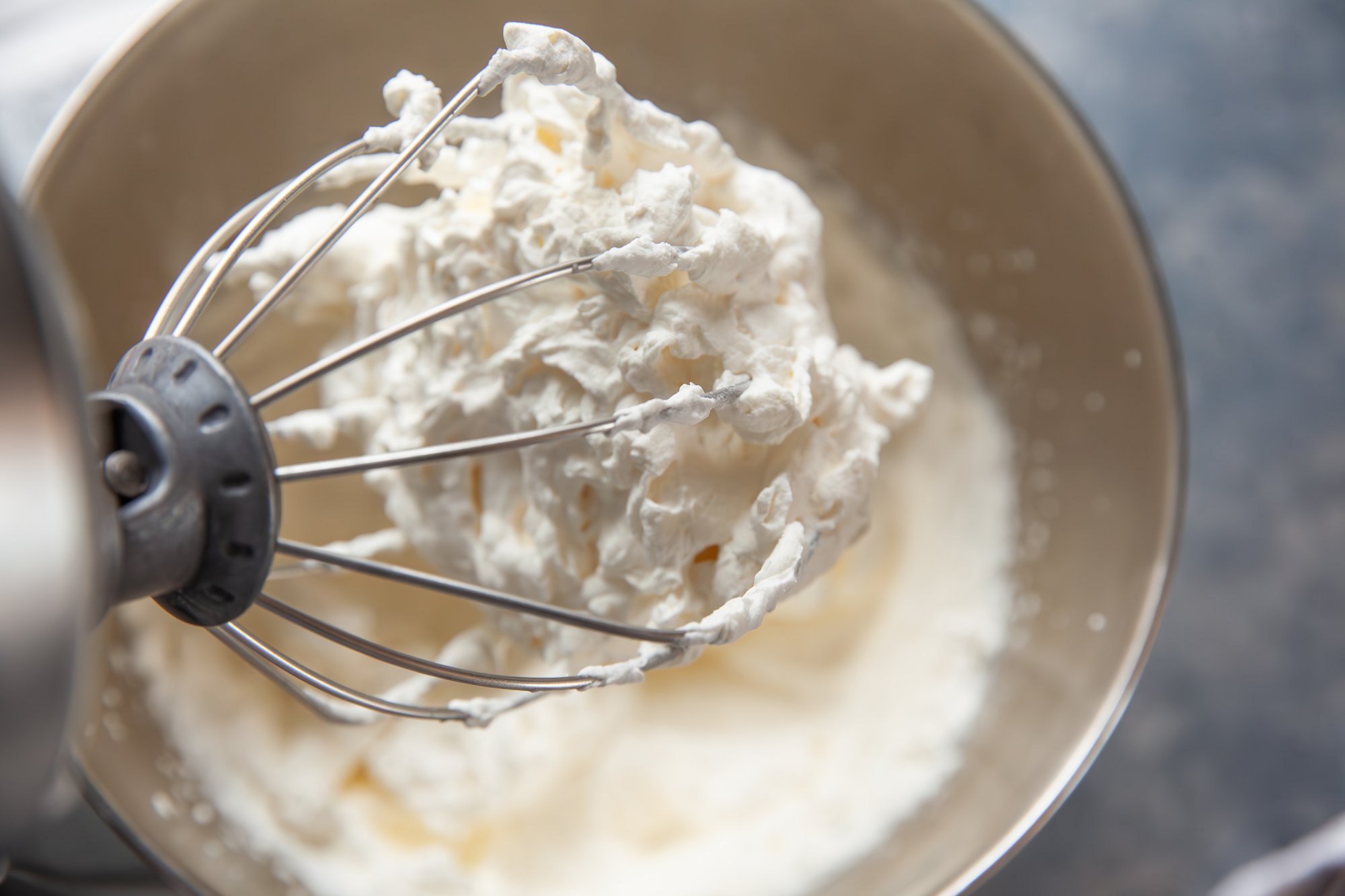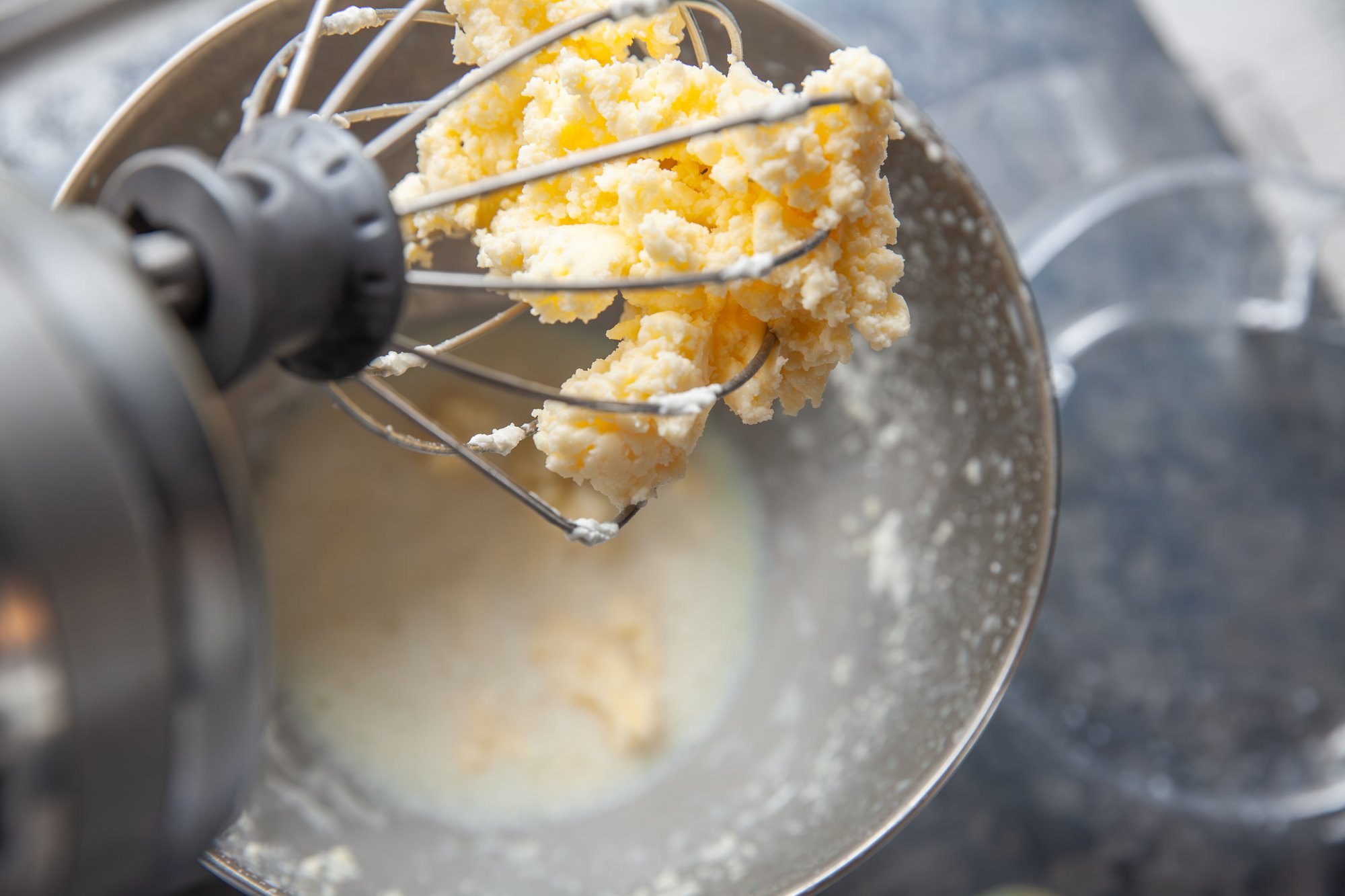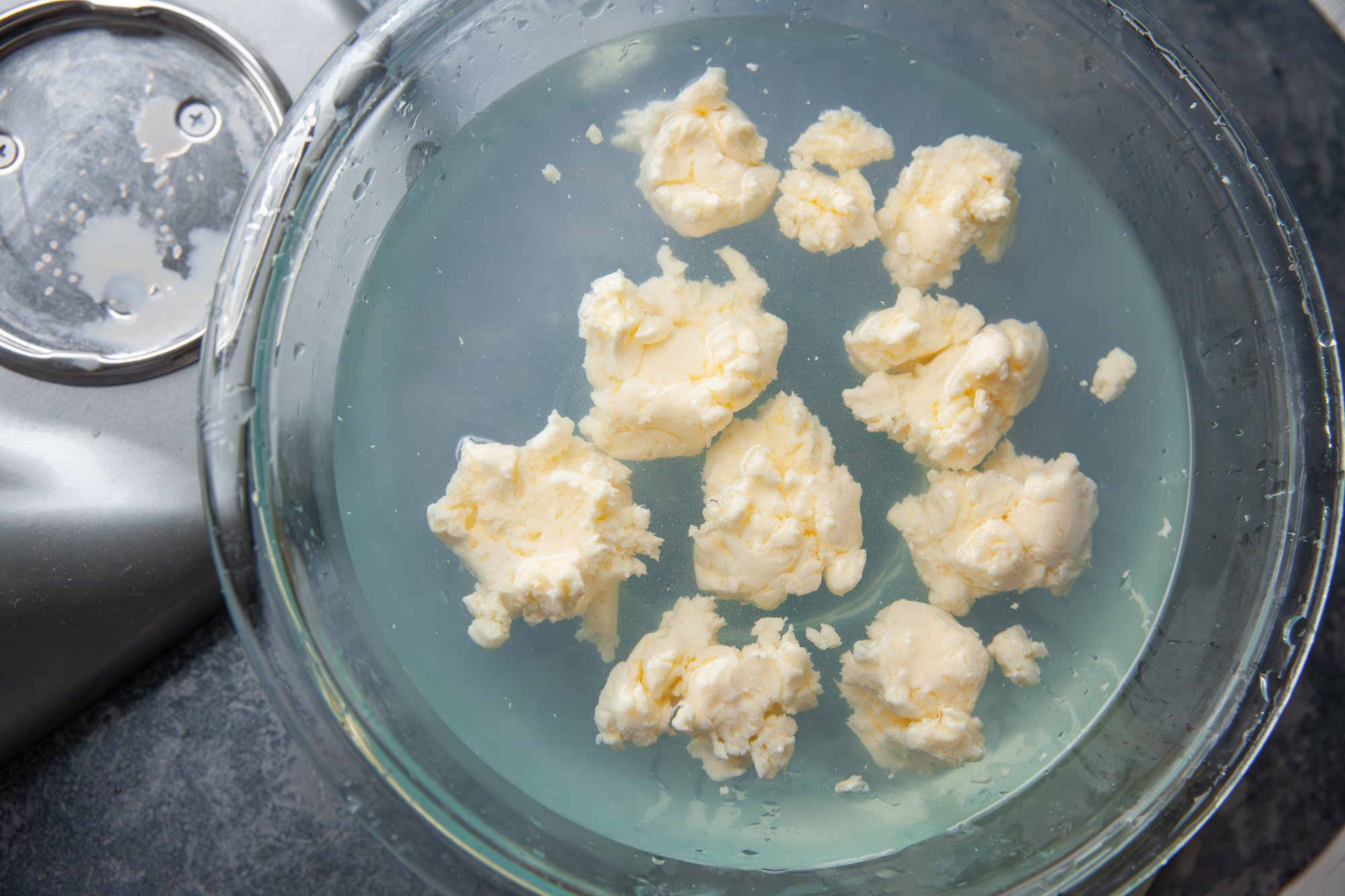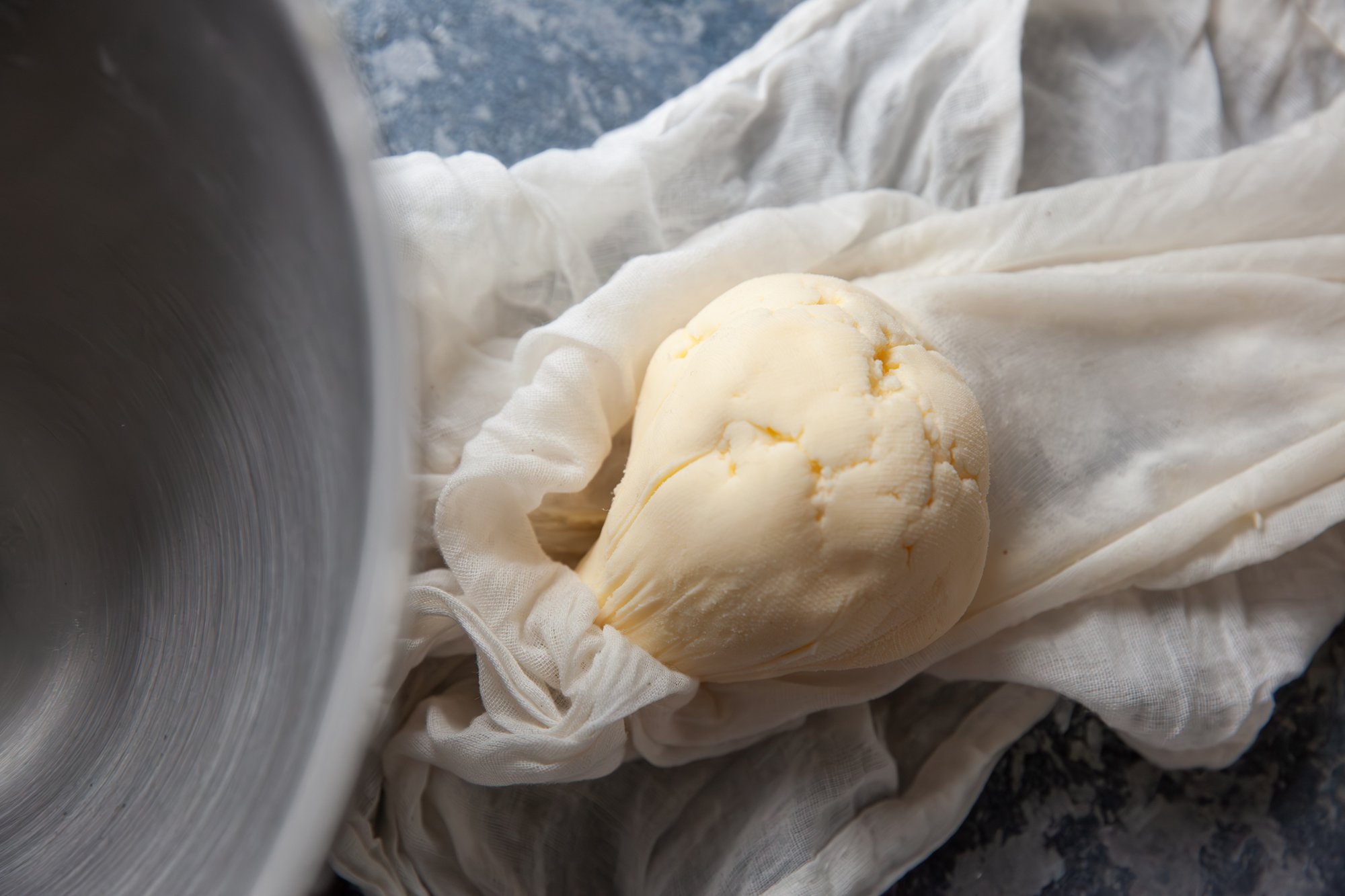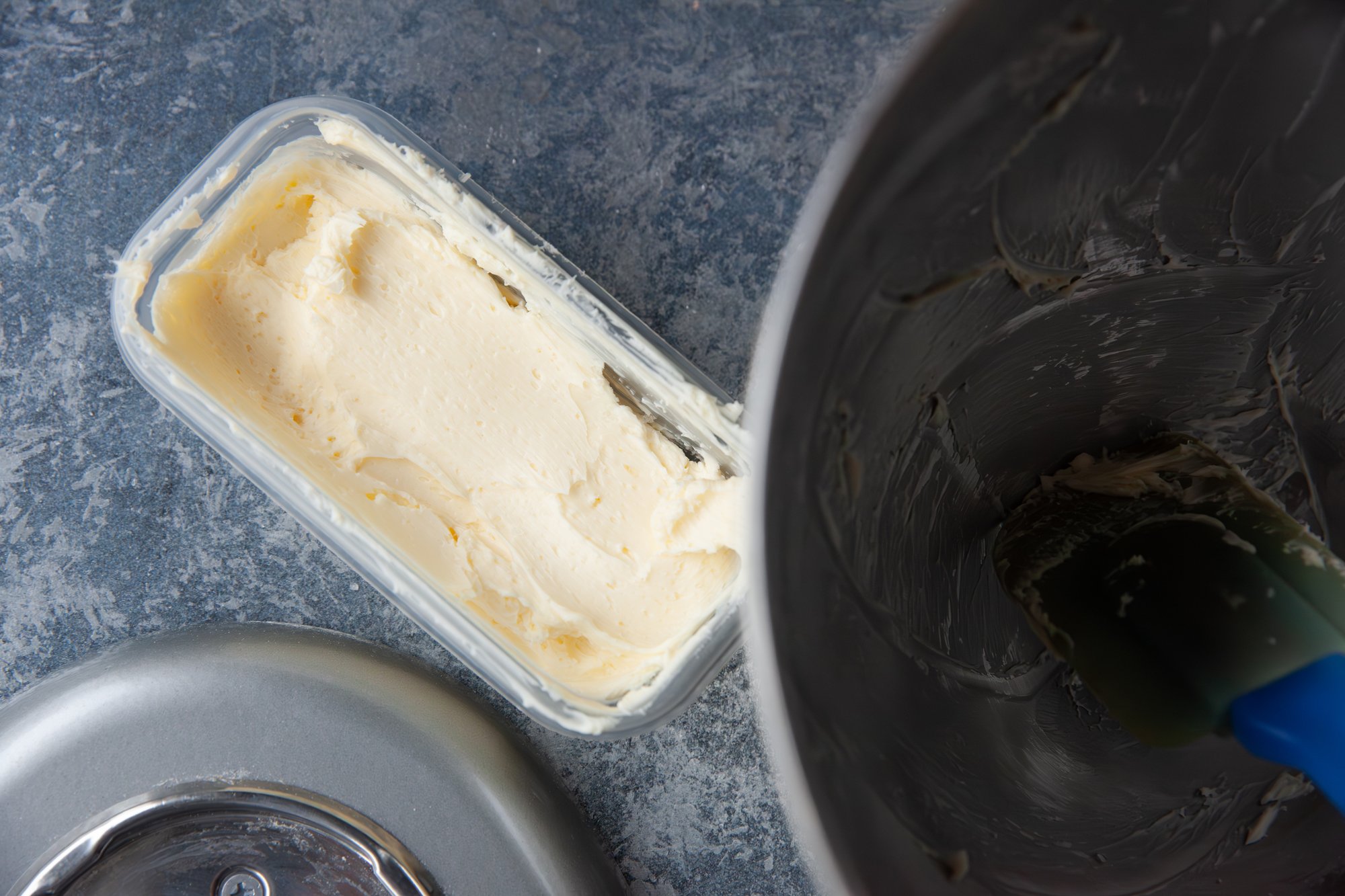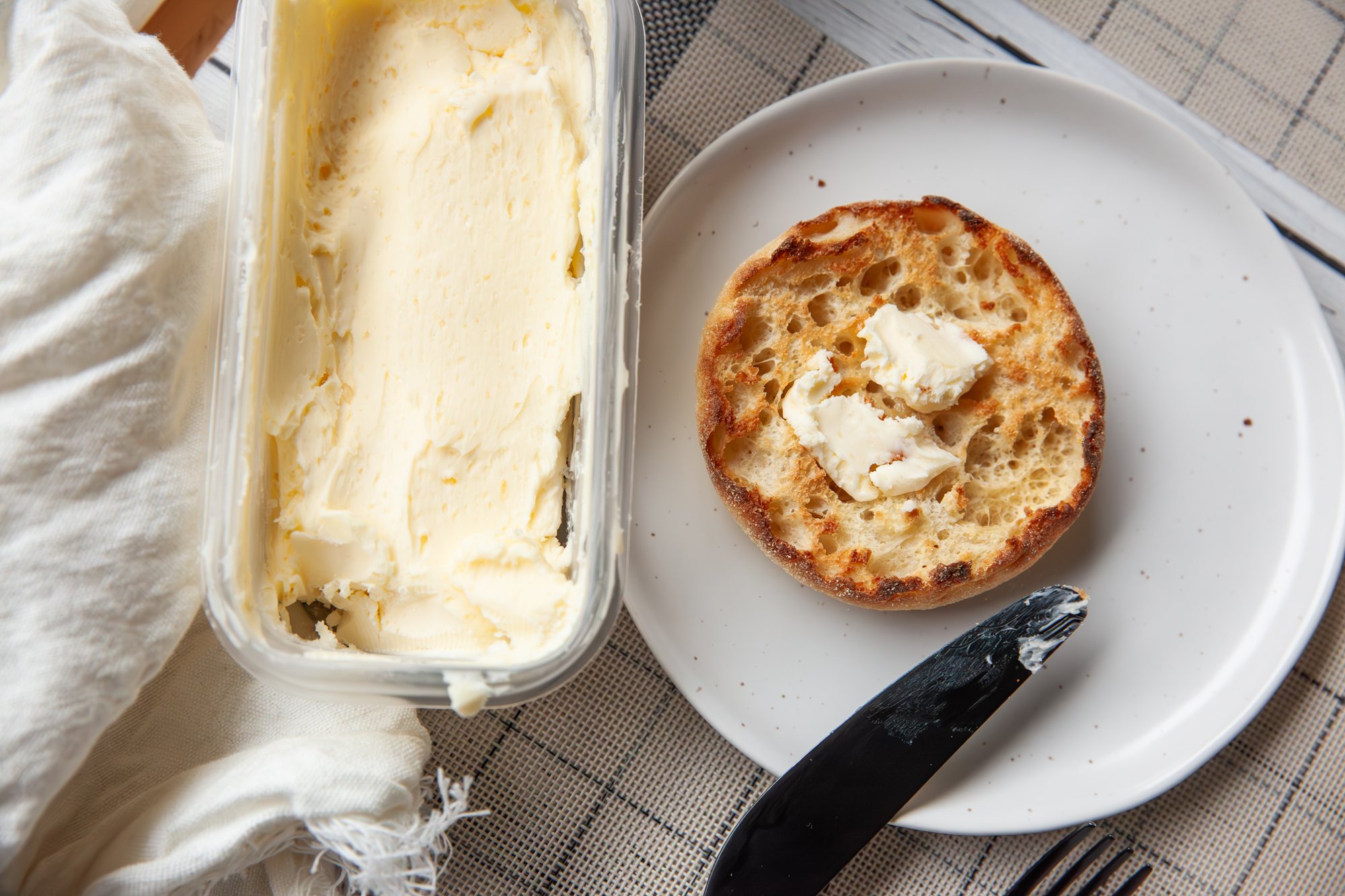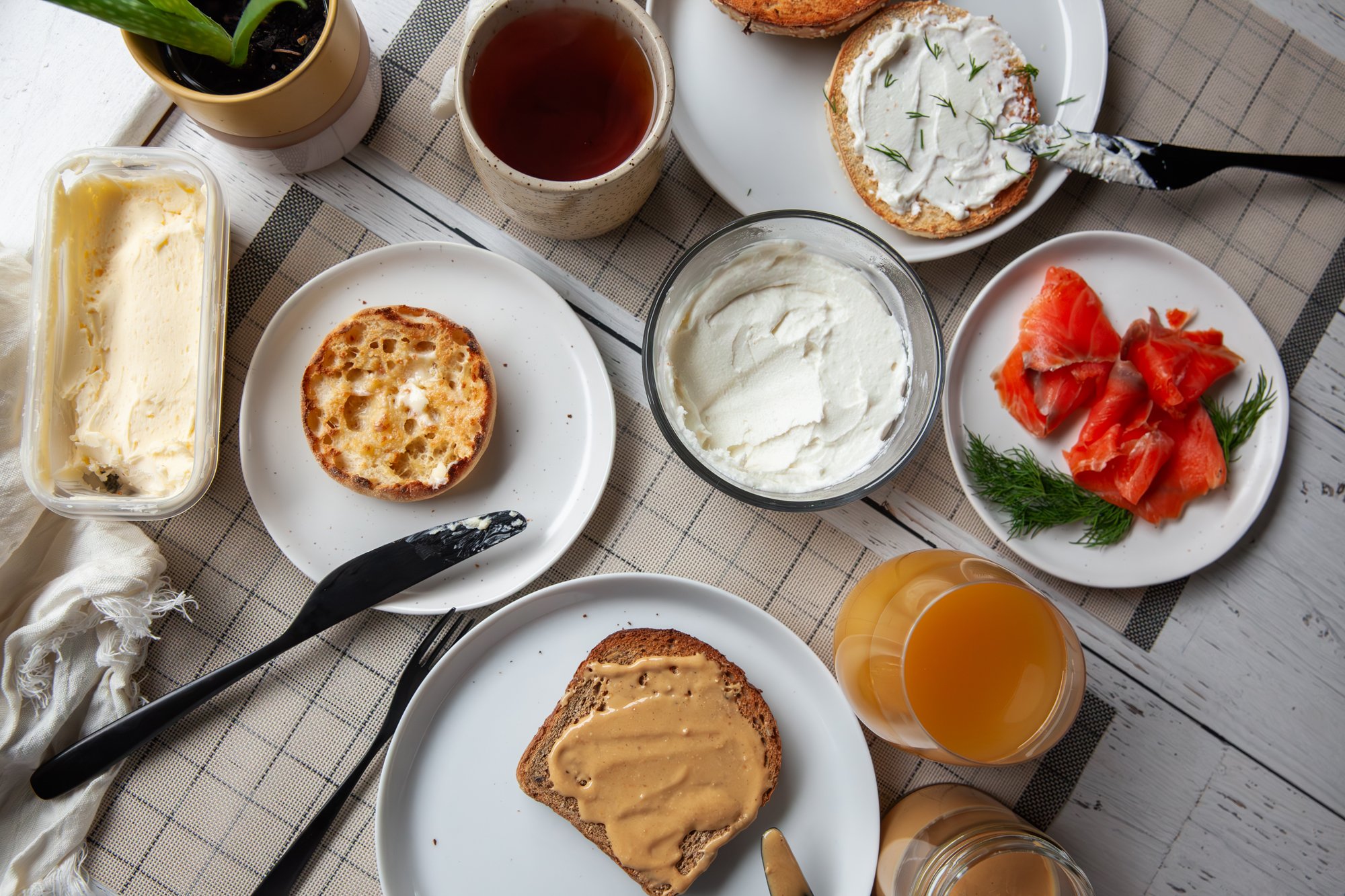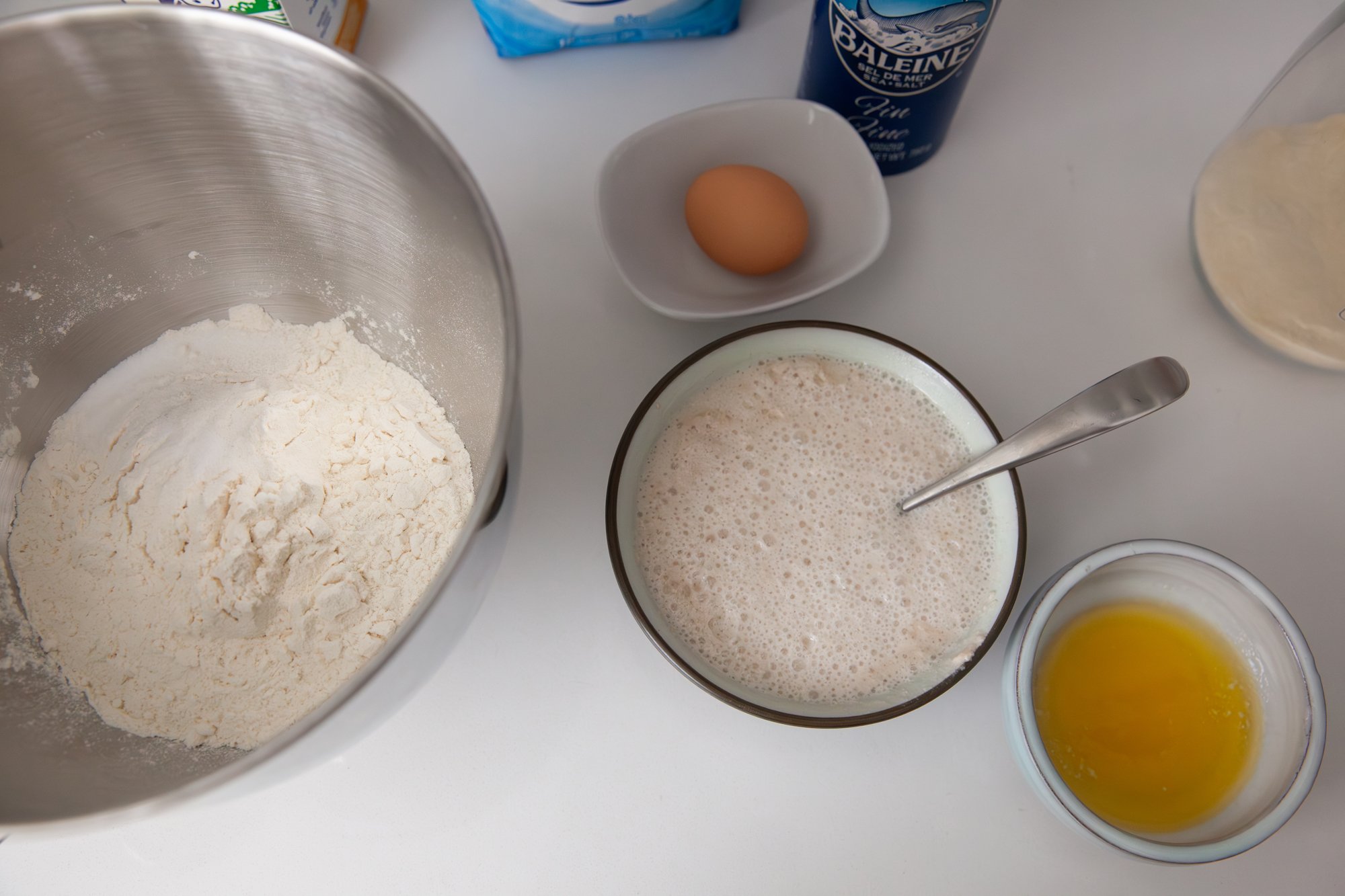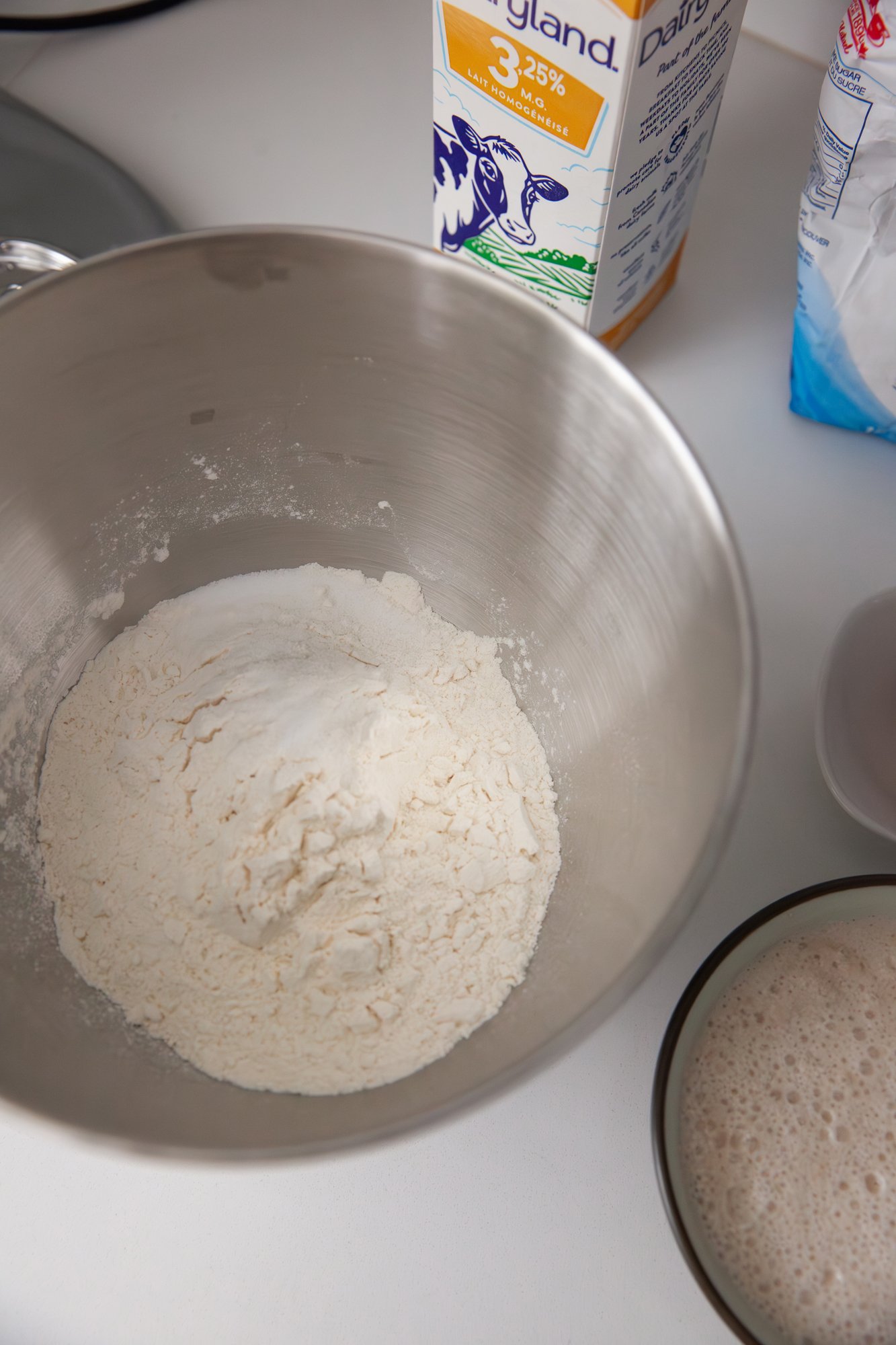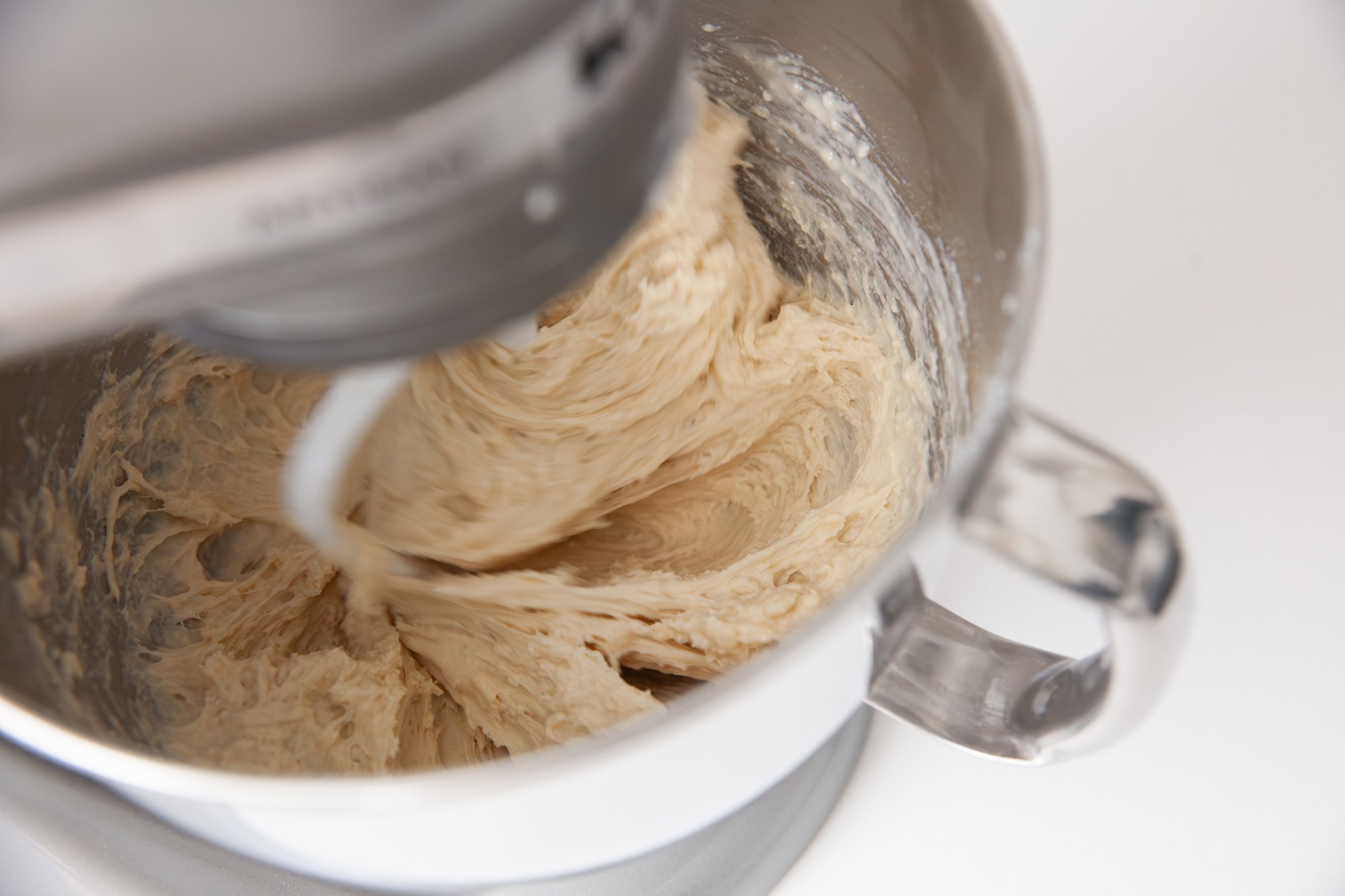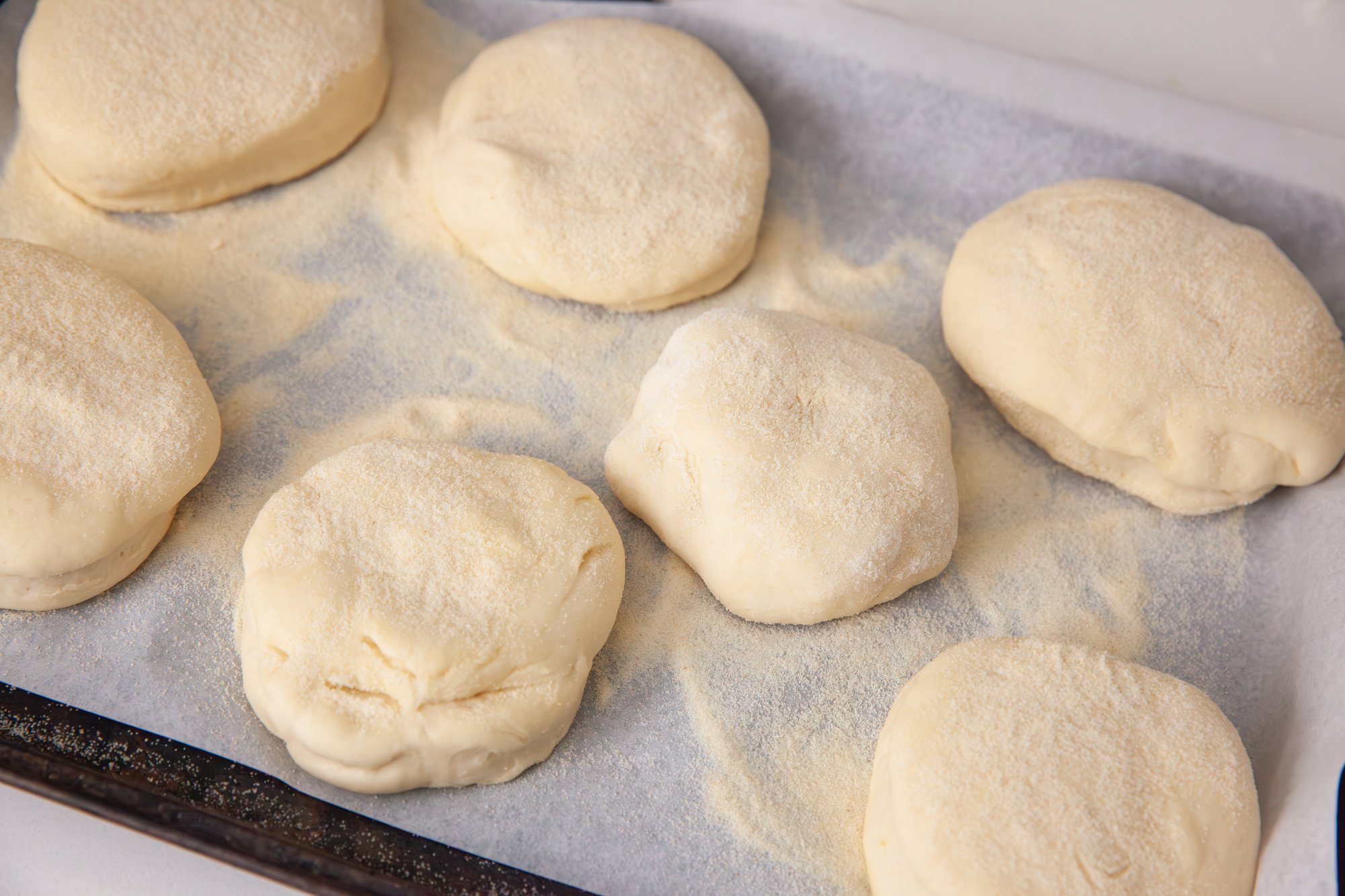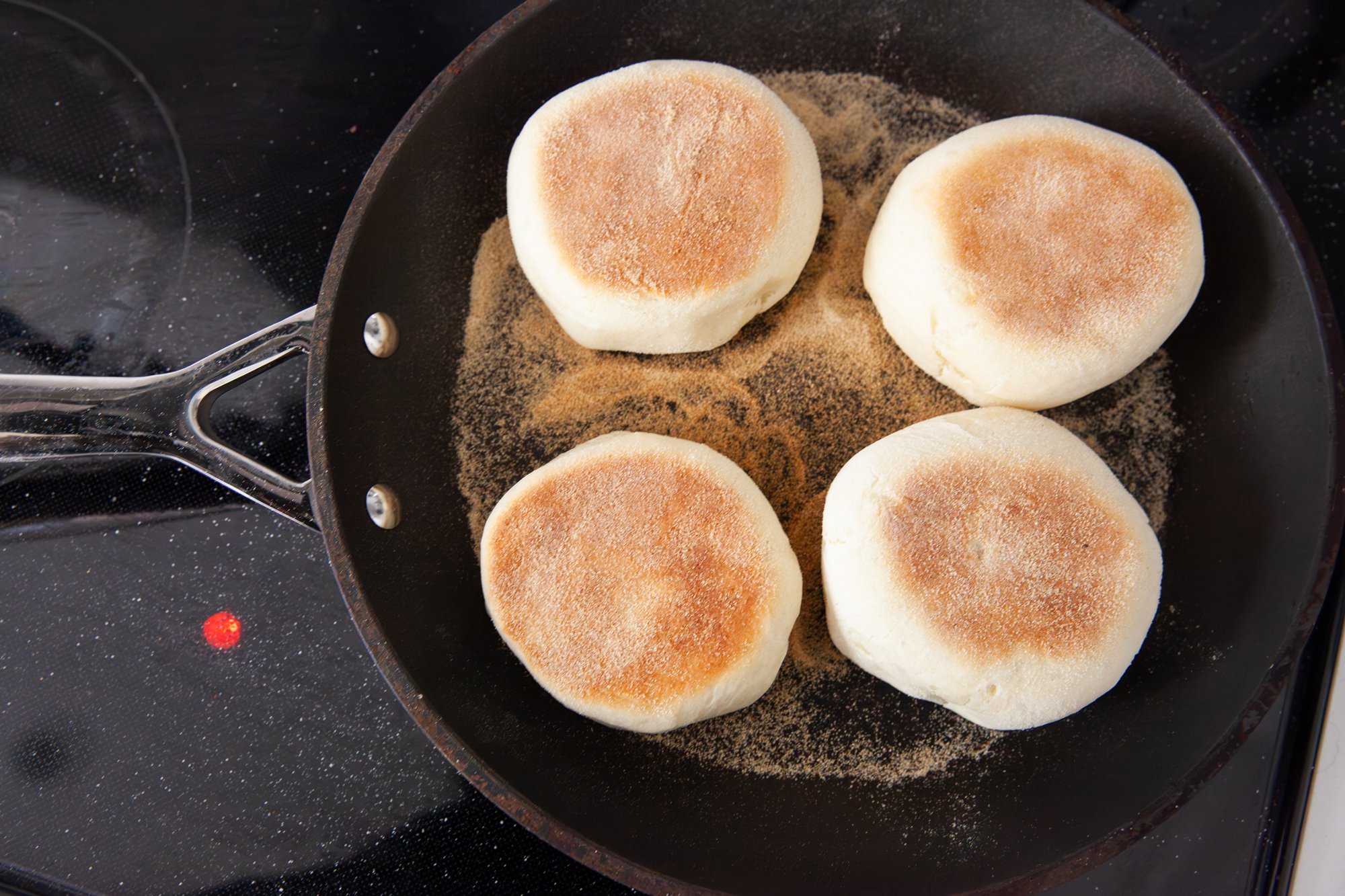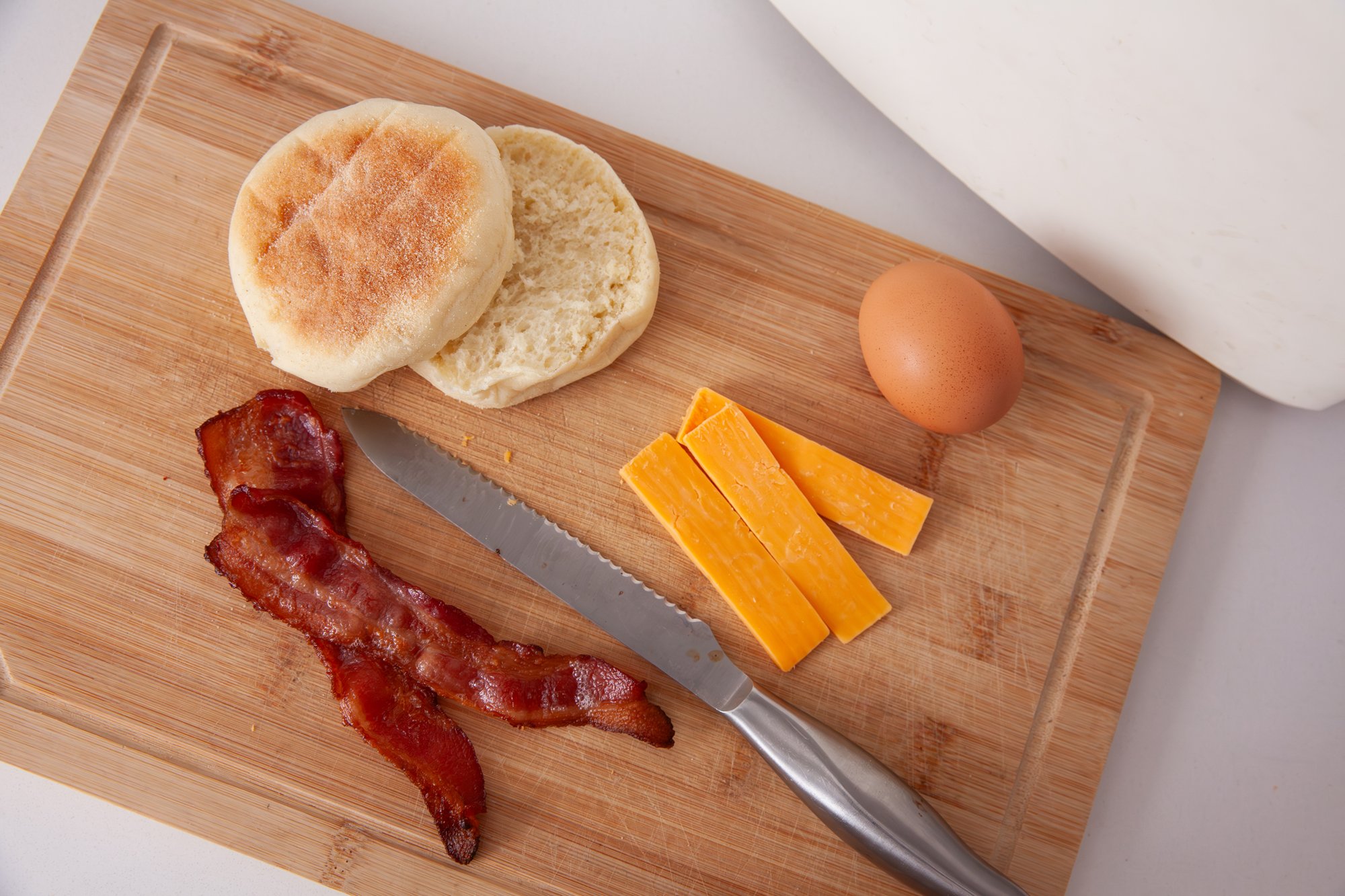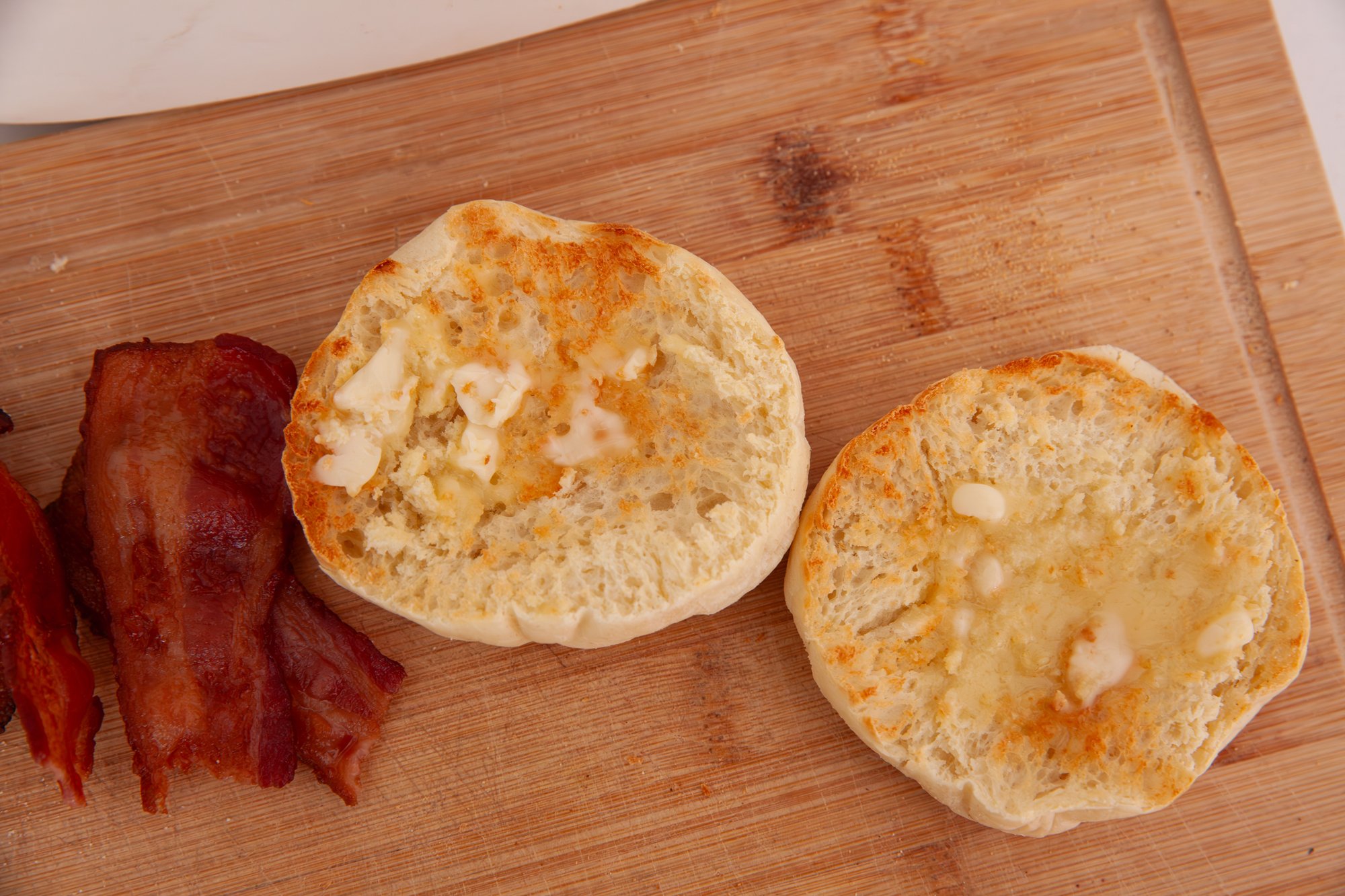Tomato Feta Pasta with Fresh Herbs
recipe with Windset Farms Greenhouse
May 2024
Serves 4
When I’m out of ideas for dinner, I can always count on having the ingredients to make the baked feta and tomato dish that blew up on TikTok during in early 2021.
While you can make it year-round, using fresh BC Tomatoes (in this case, from Windset Farms) just makes it extra nice.
Instead of just going the simple route, here is a recipe to elevate it with the use of fresh BC grown herbs (these were from my backyard garden), and adding some garlic and shallots into the roasting process. Plus, choosing a funky pasta makes it look as spectacular as it tastes!
INGREDIENTS
- 2 pints of cherry or grape tomatoes
- 1 block feta (approx. 1 cup)
- 1 shallot, quartered
- 2-3 cloves of garlic, smashed
- 2- 3 tbsp olive oil
- 1 tbsp fresh parsley, chopped
- 1 tsp fresh thyme, removed from stem
- 2 tsp fresh oregano, chopped
- salt and pepper
- 1 pound pasta of your choice – anything with tubes or ridges is great to catch the sauce
- 1 tbsp fresh basil chopped
- lemon zest (optional)
INSTRUCTIONS
Preheat oven to 400°F.
In an oven-proof dish (wider is usually better so everything touches the surface area), place the (drained) block of feta in the center, and surround it with the tomatoes. Nestle in the quartered shallot and the smashed garlic.
Sprinkle the oregano, parsley, and thyme on top, drizzle everything with olive oil (you may need more, take a look), and add a few twists of fresh ground pepper and a bit of kosher salt.
Place in the oven and bake for 30 minutes, and then turn up the heat to 450°F and bake until the feta is golden brown.
When the pasta has about 20 minutes left, bring a pot of water (lightly salted, as the sauce is going to be salty to start with), and cook your chosen pasta according to the package directions.
Drain the pasta, reserving some of the pasta water.
Drizzle a small amount of olive oil on the pasta to keep it from sticking together while you prepare the sauce.
Remove the feta bake from the oven. Depending on your preference for chunky or smooth sauce, you can either mash the mixture with a fork or potato masher, or for a smoother sauce, use an immersion blender to break it down (especially the shallot and garlic).
Add the pasta to the sauce in the dish (or a new bowl for a nicer presentation), and sprinkle with fresh basil, and serve.






































